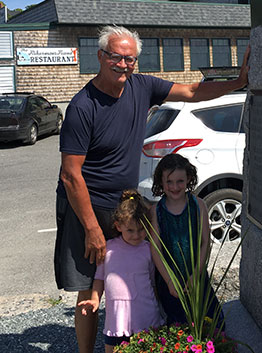Much will be written on the legacy of 9/11 in the next few days. And I will have more to say, but for now, I find it hard to tease anything good out of that infamous episode in our country’s history. The terrorist attack on the Twin Towers and the Pentagon, as I see it, became, the raison d’etre – or the rallying cry – of right wing extremism, led by the Bush-Cheney White House, to turn it, even before the smoke and debris had settled on Lower Manhattan and Washington, into the justification to impose by military might and intimidation its reactionary, anti-democratic, racist, and class agenda on the country and world.
Obviously, it wasn’t successful, but the loss of life and treasure and the poisoning of politics and political discourse here and worldwide as a result of its political adventurism was and still is incalculable. And yet, it would be a delusion, and an exceedingly dangerous one at that, to think this reactionary, militarist, and racist juggernaut has learned a lesson or been chastened by the negative impact of its catastrophic policy here and elsewhere. Actually, why would we even entertain that thought for a second?
This political bloc, after all, is irredeemable, impervious to the pain of the world, drunk in its urge to dominate globally, and appreciably more – not less – dangerous than it was 20 years ago. And, as we know all too well, it came within a whisker of stealing the presidency and gaining control of Congress in the last election. What is more, it is – and we better be if we aren’t – laser like focused on the elections next year and then two years later.



